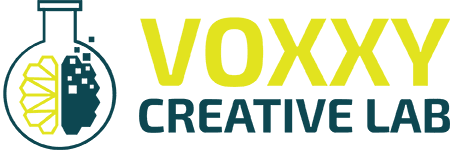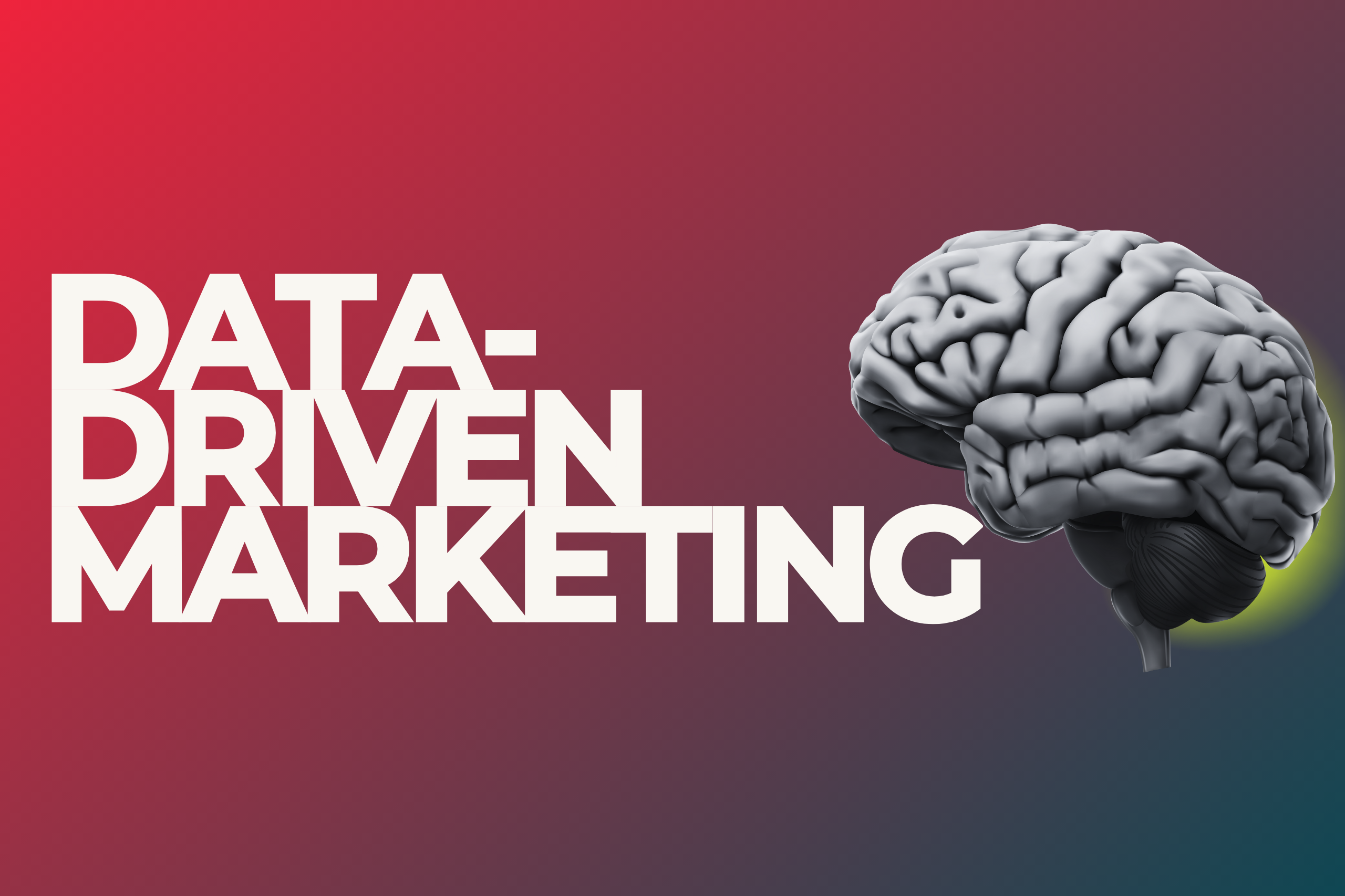Contents
ToggleIntroduction to Microsoft UET Consent Mode
Understanding user interactions on websites is essential for optimizing marketing strategies and enhancing user experiences. Microsoft Universal Event Tracking (UET) serves as a powerful tool that aids businesses in tracking various events, such as page visits, clicks, and conversions, across their websites. By implementing UET, companies can gain valuable insights into user behavior, which ultimately helps in making informed decisions on digital marketing efforts.
However, with increasing concern about user privacy and data protection regulations such as the General Data Protection Regulation (GDPR) and the California Consumer Privacy Act (CCPA), the traditional tracking methods require a rethink. This is where Microsoft UET Consent Mode comes into play. Consent Mode is a feature that allows businesses to obtain user consent for data collection while ensuring compliance with privacy laws. By configuring Microsoft Consent Mode, companies can manage how and when they track user behavior based on the user’s consent preferences.
Consent Mode is particularly significant in today’s environment, where users are more aware of their data rights and the implications of data sharing. It offers a transparent way for businesses to communicate with users about what data is being collected and how it will be used. This not only protects user privacy but also fosters trust between businesses and their audiences. Additionally, setting up Microsoft UET Consent Mode helps mitigate the risk of non-compliance with strict regulations, thus avoiding potential penalties and damages to a company’s reputation.
Understanding and configuring Microsoft UET Consent Mode is a pivotal step for any organization looking to balance effective marketing with ethical data handling practices. As the digital landscape continues to evolve, adapting to these changes will ensure businesses remain competitive while respecting user privacy.
Understanding Consent Mode
Microsoft UET Consent Mode is a significant feature that allows marketers and website owners to manage user data collection in compliance with privacy regulations. This functionality helps businesses to track user interactions on their websites while respecting the consent preferences of their visitors. When configuring Microsoft Consent Mode, it is essential to grasp the fundamental distinction between consented and non-consented data effectively.
Consent Mode operates on the premise that user consent is necessary for data collection and tracking. When a user decides to grant consent, data can be collected and utilized for various marketing purposes, such as retargeting campaigns and conversion tracking. In contrast, if a user opts out, this results in non-consented data collection, which means that the data gathered is limited and does not include personally identifiable information. This distinction is crucial, as it directly affects the accuracy and comprehensiveness of the data gathered.
The implications for marketers and website owners are profound. With consented data, businesses can gain valuable insights into user behavior, facilitating more effective targeting strategies. However, with non-consented data, the challenge lies in the limited visibility into user preferences and actions. Consequently, reporting and performance metrics may not accurately reflect the consumer journey, leading to potential inefficiencies in marketing efforts. As such, understanding how to configure Microsoft Consent Mode becomes pivotal for businesses seeking compliance with privacy regulations while still optimizing their marketing strategies.
Overall, navigating the complexities of data consent is essential for any organization that relies on digital marketing. Leveraging Microsoft UET Consent Mode not only helps in adhering to legal requirements but also in ensuring that marketing strategies are based on a solid foundation of user trust and preference. As marketers adapt to these evolving standards, the importance of clear consent management will continue to grow.
Prerequisites for Configuring UET Consent Mode
To effectively configure Microsoft UET consent mode, several prerequisites must be fulfilled. Firstly, one must possess an active Microsoft Advertising account. This is essential since UET consent mode integrates directly with the advertising solutions provided by Microsoft. Without an account, users cannot access the necessary features to configure and manage consent effectively.
Having basic knowledge of JavaScript is another critical requirement. The configuration process requires the insertion of a code snippet into the site’s HTML. Familiarity with JavaScript enables smooth implementation and troubleshooting of any potential challenges that may arise during the setup. It is advisable to understand how JavaScript functions within the context of your website, especially in relation to the data that consent mode will handle.
Access to the website’s code is equally important. The user must be able to modify the site’s code to include the UET tracking tag. Without this access, the configuration of Microsoft UET consent mode cannot be completed. If you are not the website administrator, ensure you coordinate with the appropriate personnel to make the necessary changes.
Moreover, verifying pixel requirements is crucial for achieving effective tracking. This involves checking the compatibility of the UET pixel with your website and understanding how it interacts with the consent mode. In addition, employing user consent management tools is recommended to ensure compliance with data protection regulations. These tools help manage how consent is obtained from users, which is integral to the functioning of Microsoft UET consent mode.
In conclusion, fulfilling these prerequisites will facilitate a successful configuration of Microsoft UET consent mode, ensuring both tracking efficacy and compliance with user consent requirements.
Step-by-Step Guide to Enable UET Consent Mode
Configuring Microsoft UET (Universal Event Tracking) consent mode is essential for businesses seeking to comply with privacy regulations while collecting meaningful data from their users. The following steps guide you through the process of enabling UET consent mode on your website, ensuring effective data collection in accordance with user consent.
First, you need to add the UET script to your website. To do this, log into your Microsoft Advertising account and navigate to the ‘Tools’ section. From there, select ‘UET tags’ and click on ‘Create UET tag.’ Fill in the required fields and copy the generated UET tag script. Insert this script into the header section of your website’s HTML. This script is crucial as it allows Microsoft to track user interactions.
Next, you will define consent parameters. Microsoft UET consent mode gives you the flexibility to define how data should be collected based on user consent. Within your UET configuration, ensure you add parameters that specify whether to allow or disallow tracking based on the user’s consent preferences. Depending on your website’s structure, you may need to incorporate event listeners or additional JavaScript to trigger the consent settings. It is vital that these settings are implemented accurately to reflect user choices.
Finally, double-check your data collection setup to ensure compliance with user preferences. Test the implementation by visiting your website and assessing whether the UET script functions correctly in conjunction with the consent mode settings. Utilizing browser developer tools can aid in verifying that user consent is respected during interactions, allowing you to maintain a trustworthy relationship with your audience.
By following these steps, you will configure the Microsoft consent mode effectively, ensuring that your website adheres to privacy standards while still capturing valuable insights from your visitors.
Configuring Consent Management Tools
In today’s digital landscape, businesses are increasingly required to prioritize user consent when collecting data. One effective strategy to achieve this is through the integration of consent management tools that work seamlessly with Microsoft UET (Universal Event Tracking). These tools help ensure that customer data is handled in compliance with privacy regulations while also enhancing user trust. Among the various options available, OneTrust and TrustArc stand out as popular choices for implementing consent management.
OneTrust is widely recognized for its comprehensive consent management capabilities. To configure Microsoft consent mode with OneTrust, businesses must first create a OneTrust account and customize their consent banner. This banner informs users about data collection practices and allows them to adjust their consent preferences easily. Once set up, OneTrust collects and manages consent data, which can then be integrated into Microsoft UET, ensuring that all tracking aligns with user preferences. By employing this tool, organizations can efficiently manage consent while gathering valuable analytics data.
TrustArc is another powerful solution that facilitates compliance with privacy laws such as GDPR and CCPA. To implement TrustArc in conjunction with Microsoft UET, organizations need to configure their TrustArc dashboard, where they can establish their consent framework. The tool allows companies to create dynamic banners that inform users of their rights and collect consent in real-time. By configuring Microsoft consent mode alongside TrustArc, businesses can ensure their data collection activities respect users’ opted-in or opted-out status, enhancing their compliance posture.
Overall, utilizing these consent management tools in conjunction with Microsoft UET ensures that data collection processes remain user-centric. Adopting such solutions not only aids businesses in complying with regulatory requirements but also fosters a transparent relationship with users, thereby enhancing trust and promoting responsible data handling.
Testing and Verifying UET Consent Mode Implementation
Once the Microsoft UET Consent Mode has been configured, it is crucial to thoroughly test and verify the implementation to ensure compliance with user consent preferences. This verification process not only confirms that user data is being collected according to the consents given but also guarantees that the UET works effectively within the bounds of legal requirements for data protection.
The first step in testing the UET Consent Mode implementation involves using a tool like Google Tag Assistant or Microsoft’s own debugging platform to observe the behavior of the tracking scripts after the user has provided their consent. These tools help you to monitor how the tracking system operates before and after consent has been granted, allowing for a better understanding of data flows.
When verifying that the data is collected as per user consent, it is essential to check various scenarios—this includes testing both the granted consent and the denied consent situations to ensure that the system functions correctly in both cases. Ensure that the UET implementation does not attempt to collect data in the absence of consent, as this would not comply with the configurations set during the consent mode setup.
Another effective approach is to regularly review the data collected in the Microsoft Advertising dashboard. By analyzing the reports, you can determine whether the data aligns with anticipated traffic and user interactions, while also ensuring that no unauthorized data collection is taking place. Pay attention to discrepancies that may indicate improper functioning of the consent mode.
Finally, incorporating user feedback can improve the testing process. Users could be queried about their experience with consent notices and data collection practices to identify potential areas for improvement. By continuously monitoring and verifying the UET Consent Mode’s performance, organizations can maintain compliance and build trust with their users regarding data privacy.
Common Issues and Troubleshooting
When configuring Microsoft UET consent mode, users may encounter a range of challenges that can hinder the effective implementation of this valuable feature. One common issue arises during the integration of the consent mode script into the website’s code. It is crucial to ensure that the script is placed correctly within the HTML. Improper placement can lead to malfunction and prevent the tracking of user consent adequately. To avoid this, verify that the script is placed within the <head> section of your HTML and that it is loading correctly before any other scripts.
Another frequent challenge involves the misconfiguration of consent settings. Users must carefully align the consent mode settings with the applicable privacy regulations in their respective jurisdictions. It is essential to configure Microsoft consent mode in a manner that respects user preferences while still allowing for effective tracking. Conducting a thorough review of the consent options and ensuring they are correctly configured can mitigate this issue significantly.
Additionally, tracking discrepancies may arise due to ad blockers or browser extensions that restrict the functionality of UET. Such tools might interfere with the consent mode’s ability to gather information about user engagement. Encouraging users to whitelist your site, or providing support information on managing browser settings, can be effective strategies to address this problem.
Lastly, monitoring and interpreting the consent data can be overwhelming for many users. It is essential to utilize the Microsoft UET dashboard effectively to analyze consent mode data accurately. Familiarizing oneself with the reporting tools can allow for deeper insights into user behavior and preferences, thereby informing better marketing strategies. By addressing these common issues with targeted troubleshooting practices, users can ensure a smoother experience while configuring Microsoft UET consent mode.
Best Practices for Using UET Consent Mode
To effectively configure Microsoft UET consent mode, organizations must adhere to best practices that foster user trust and comply with evolving privacy regulations. Maintaining transparent communication with users regarding their data collection and usage is paramount. This involves clearly informing them about what data is collected, the purpose of such collection, and how it will be utilized. Transparency not only enhances user trust but also ensures compliance with legislation like GDPR and CCPA that demands clear disclosure of data handling practices.
Another essential practice is the regular updating of consent preferences. It is critical for organizations to provide users with easy access to modify their consent choices as their circumstances or perceptions about privacy evolve. Designing an intuitive interface for managing preferences can significantly improve user experience while ensuring that users feel empowered regarding their own data. Regularly reviewing these consent preferences also allows companies to adapt to any changes in user expectations or regulatory requirements.
Furthermore, businesses must stay informed about changes in privacy regulations, as these can impact how they need to configure Microsoft consent mode. This means monitoring legislative developments and technological advancements to ensure compliance is maintained. Organizations should engage legal teams or consult with privacy experts periodically to review their practices against current laws and guidelines. By being proactive in understanding these shifts, companies can redesign their data collection approaches and consent management systems to remain compliant, thereby enhancing customer confidence and loyalty.
Implementing these best practices when using UET consent mode helps ensure that user data is responsibly managed and lays a strong foundation for a respectful and compliant data ecosystem.
Conclusion and Additional Resources
In conclusion, configuring Microsoft UET Consent Mode is a crucial step towards ensuring compliance with privacy regulations while optimizing the performance of digital marketing strategies. By effectively implementing this framework, businesses can control how user data is collected and utilized, aligning their practices with user consent preferences. Throughout this blog post, we have explored the importance of Microsoft UET Consent Mode, how to properly configure Microsoft Consent Mode, and the implications it holds for data-driven marketing initiatives.
Beyond the initial setup, understanding the ongoing management and refinement of consent settings can lead to better performance insights and compliance with local laws. It is essential for marketers to remain educated about emerging privacy issues and updates related to Microsoft UET to enhance their strategies continually.
For those wishing to delve deeper into the subject of Microsoft UET Consent Mode, we have curated a list of valuable resources. The official Microsoft documentation provides comprehensive guidelines on configuring Microsoft Consent Mode, offering essential technical details and best practices. Additionally, community forums can be an excellent platform for sharing experiences, troubleshooting, and obtaining real-world insights from other users who have navigated similar challenges. Lastly, various articles and whitepapers on digital marketing compliance and data privacy may serve as further reading material, aiding in developing a more nuanced understanding of the landscape.
By embracing these resources and continuing the conversation around Microsoft UET Consent Mode, businesses can create responsible digital marketing practices that respect user privacy while maximizing effective engagement strategies.
Related Posts
Understanding Data-Driven Marketing
Learn how data-driven marketing uses analytics to improve campaigns,…
Fix “Failed” or “Still Running” in GTM Tags – Full Guide
Stuck with GTM tags showing "Failed" or "Still Running"? Learn how to diagnose…
Best Server-Side Tracking Tools for Small Agencies in 2025
Discover the best affordable server-side tracking tools for small agencies in…


